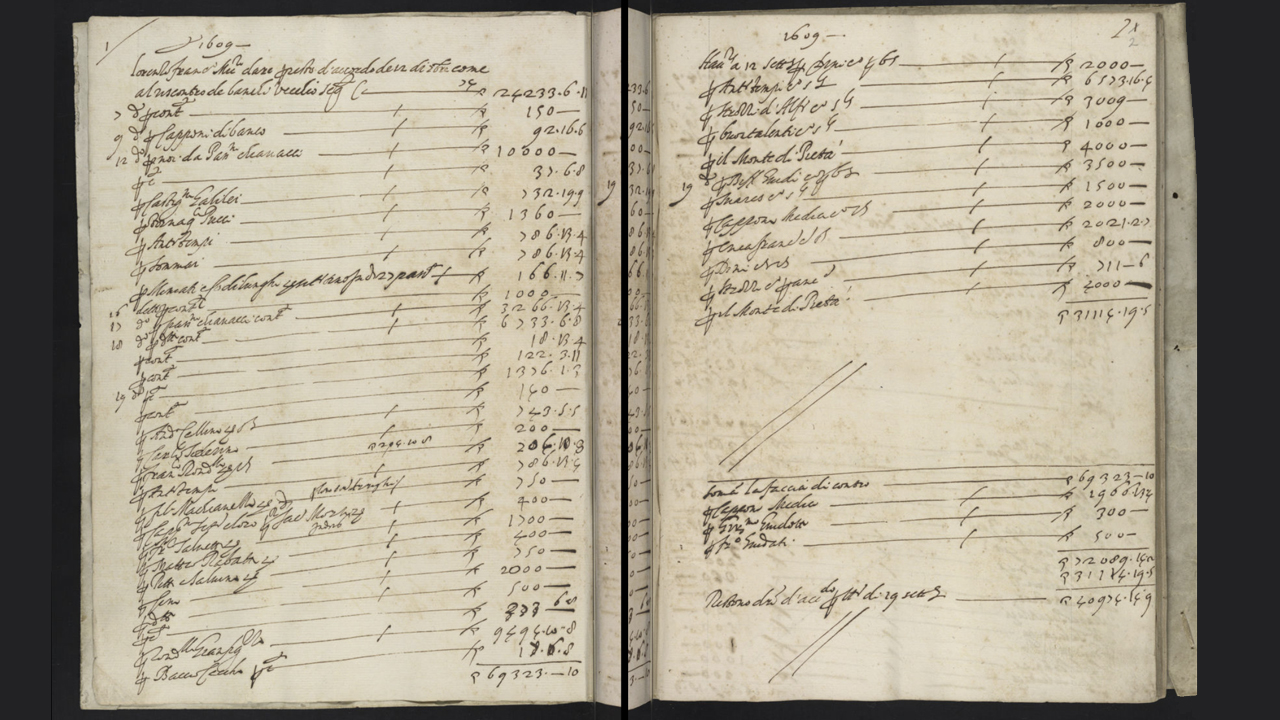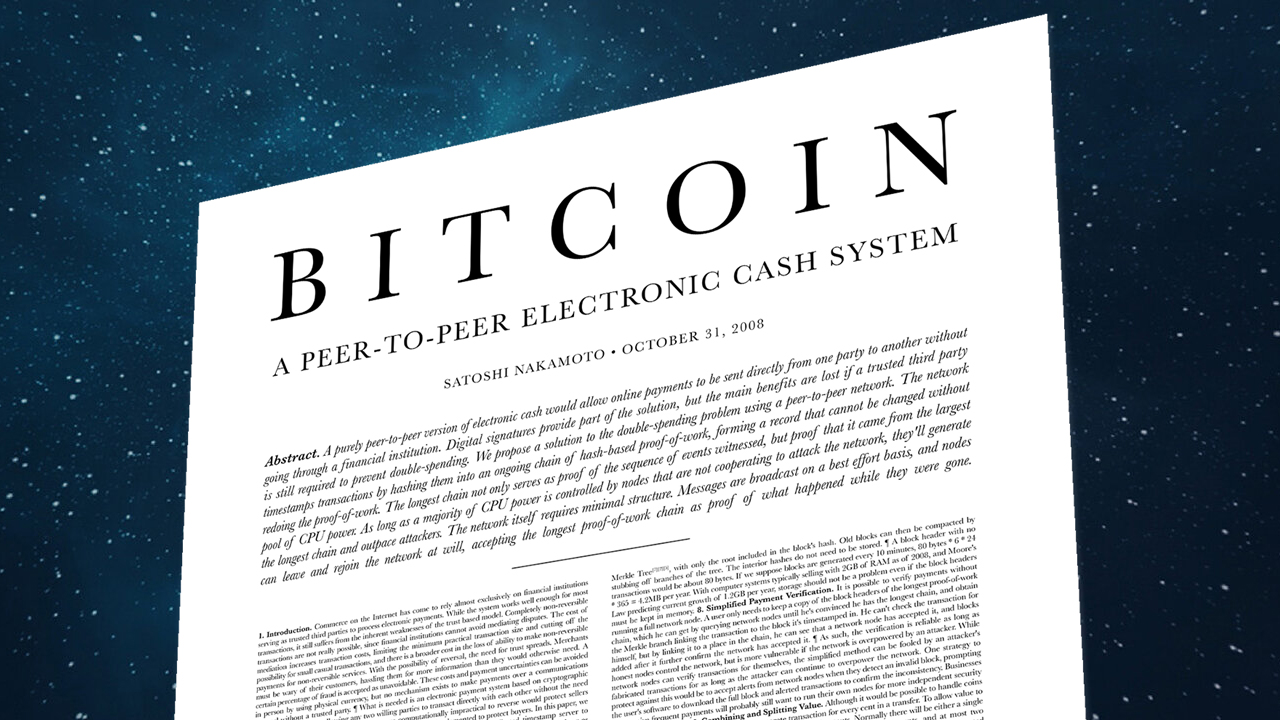Tether Signals Lightning Payments Are Ready for Everyday Use
Lessons on Fractional Reserve Banking From 15th Century Italy – Featured Bitcoin News
(Originally posted on : Bitcoin News )
Amid the banking chaos of the 21st century, some are looking back more than 600 years ago, to the Medici Bank — one of the most powerful banks of its time. It established its business and became one of the most respected banks in Europe during its prime, and the prominent Italian family of bankers were early adopters of fractional reserve banking, a practice that Medici Bank customers were unaware of, and that ultimately led to the financial institution’s failure.
‘Nothing New’— How the Medici Bank Failure Is Still Very Relevant to Today’s Modern Banking Practices
The collapse of three major banks in mid-March 2023 has caused people to scrutinize the risks of fractional reserve banking. The practice of fractional reserve banking is essentially when a financial institution holds only a fraction of deposits in the bank, and the remaining funds are used to lend or invest in order to obtain a yield. One of the earliest known examples of fractional reserve banking was the Medici Bank, founded in Florence, Italy, in 1397 by Giovanni di Bicci de’ Medici.
In the first five years of operation, the Medici Bank grew rapidly, and before the financial institution’s demise, it established branches all over Western Europe. Similar to bankers in the early 20th century like J.P. Morgan, Jacob Schiff, Paul Warburg, and George F. Baker, members of the House of Medici were extremely powerful. The Medici Bank was known to be one of the largest business enterprises during the Renaissance but ultimately failed after close to 100 years of operation.
Philip J. Weights, the president of the Swiss Finance and Technology Association (SFTA), explained in a 2015 Linkedin post how the weight of “excessive lending” and “insufficient reserves” led to the bank’s ultimate demise. According to Raymond De Roover’s book “The Rise and Decline of the Medici Bank (1397-1494),” published in 1963, liquidity was an issue from the bank’s inception. De Roover’s book details that the Medicis’ reserves held less than 10% of deposits due to the family members’ managerial abilities.
The 380-page book explains how the Medici Bank experienced a period of decline between 1463 and 1490 due to shady and corrupt banking practices. The fraudulent schemes caused several Medici branches to be liquidated and sold off to other banks. De Roover argued that despite being a prominent member of the House of Medici and a successful banker, Francesco Sassetti “was unable to avoid the disastrous liquidation of the Bruges, London, and Milan branches.” De Roover’s book notes that significant lending was a popular practice that gathered high-interest rates.

Florins, gold coins minted by the Republic of Florence, were often held on the Medici Bank balance sheet. However, the lack of reserves was a constant source of frustration for both Medici banking partners, and government officials and customers. In a 2018 editorial on bigthink.com, author Mike Colagrossi detailed that “it was due to advancements and financial solutions like these that the Medici bank became so powerful” as the Medicis received high interest on loaned payments. Colagrossi notes that the downfall of the bank took place after the death of Cosimo Medici in 1464, who was the bank’s boss at the time.
After the fall of three major banks in 2023, Jim Bianco, president of Bianco Research, a firm that specializes in macro analysis for institutional investors, explained how fractional reserve banking “was invented by the Medicis in Florence in the late 15th century.” In his Twitter post, Bianco also mentions the “tuppence” scene in the 1960s Disney musical film “Mary Poppins” and the bank run scene from “It’s a Wonderful Life” filmed in the 1930s, stating that “all of these are still very relevant depictions of what is happening today.”
Bianco opined:
Nothing that is happening is new. Our banking system is several hundred years old and has constantly had these issues.
Triple-Entry Bookkeeping — A New System of Accounting
Bianco also mentioned that double-entry bookkeeping was the “technology” used to enable the Medici Bank’s fractional reserve banking practices. The double-entry scheme involves a ledger that records both debits and credits and is still used in the modern financial world today. At the time, the Franciscan Friar Luca Pacioli wrote a book about double-entry accounting with help from the well-known Renaissance artist Leonardo da Vinci. Although Pacioli and da Vinci did not claim to invent the new system, their research led to the wider and more structured use of double-entry bookkeeping that’s still used today.

Soon after the method was popularized, Giovanni de Medici implemented the concept into his family’s bank. It allowed the House of Medici to operate with less than 10% of deposits and extend its lending practices far and wide until liquidity completely dried up. More than 600 years later, an anonymous person or group released a paper that introduced the concept of triple-entry bookkeeping. In addition to records of both debits and credits, a third component was added, which is a cryptographic receipt verified by a third party to validate the ledger’s entries.
Satoshi Nakamoto’s invention has produced a system where a double-entry bookkeeping system doesn’t need to be trusted now that an improved ledger accounting scheme exists. A single-entry or double-entry accounting system can be forged and manipulated, but the cryptographic assurance from a triple-entry bookkeeping system is much harder to add fraudulent data to. While Bianco is correct that there is nothing new with the way bankers operate today, compared to the days of Medici, Nakamoto’s invention has given the world a new method of accounting that can transform it a great deal, just as the invention of double-entry bookkeeping has done.
What lessons can be learned from the fall of the Medici Bank? Share your thoughts in the comments section below.
Image Credits: Shutterstock, Pixabay, Wiki Commons
Disclaimer: This article is for informational purposes only. It is not a direct offer or solicitation of an offer to buy or sell, or a recommendation or endorsement of any products, services, or companies. Bitcoin.com does not provide investment, tax, legal, or accounting advice. Neither the company nor the author is responsible, directly or indirectly, for any damage or loss caused or alleged to be caused by or in connection with the use of or reliance on any content, goods or services mentioned in this article.







 Bitcoin
Bitcoin  Ethereum
Ethereum  Tether
Tether  XRP
XRP  USDC
USDC  Wrapped SOL
Wrapped SOL  TRON
TRON  Lido Staked Ether
Lido Staked Ether  Dogecoin
Dogecoin  Figure Heloc
Figure Heloc  Cardano
Cardano  WhiteBIT Coin
WhiteBIT Coin  Wrapped stETH
Wrapped stETH  Wrapped Bitcoin
Wrapped Bitcoin  Bitcoin Cash
Bitcoin Cash  USDS
USDS  Binance Bridged USDT (BNB Smart Chain)
Binance Bridged USDT (BNB Smart Chain)  Chainlink
Chainlink  Wrapped eETH
Wrapped eETH  Monero
Monero  WETH
WETH  Stellar
Stellar  Hyperliquid
Hyperliquid  Zcash
Zcash  Ethena USDe
Ethena USDe  Coinbase Wrapped BTC
Coinbase Wrapped BTC  LEO Token
LEO Token  Litecoin
Litecoin  Sui
Sui  Avalanche
Avalanche  sUSDS
sUSDS  Hedera
Hedera  Shiba Inu
Shiba Inu  Dai
Dai  USDT0
USDT0  PayPal USD
PayPal USD  Mantle
Mantle  Toncoin
Toncoin  Cronos
Cronos  Ethena Staked USDe
Ethena Staked USDe  World Liberty Financial
World Liberty Financial  Uniswap
Uniswap  Polkadot
Polkadot  MemeCore
MemeCore  USD1
USD1  Canton
Canton  Aave
Aave  Rain
Rain  Bitget Token
Bitget Token  Tether Gold
Tether Gold  Falcon USD
Falcon USD  OKB
OKB  Bittensor
Bittensor  NEAR Protocol
NEAR Protocol  Ethereum Classic
Ethereum Classic  Jito Staked SOL
Jito Staked SOL  BlackRock USD Institutional Digital Liquidity Fund
BlackRock USD Institutional Digital Liquidity Fund  Binance-Peg WETH
Binance-Peg WETH  Pi Network
Pi Network  syrupUSDC
syrupUSDC  Pepe
Pepe  Aster
Aster  Internet Computer
Internet Computer  Ethena
Ethena  Jupiter Perpetuals Liquidity Provider Token
Jupiter Perpetuals Liquidity Provider Token  HTX DAO
HTX DAO  PAX Gold
PAX Gold  Global Dollar
Global Dollar  Circle USYC
Circle USYC  KuCoin
KuCoin  Ripple USD
Ripple USD  syrupUSDT
syrupUSDT  Sky
Sky  BFUSD
BFUSD  Binance Bridged USDC (BNB Smart Chain)
Binance Bridged USDC (BNB Smart Chain)  Worldcoin
Worldcoin  Ondo
Ondo  Pump.fun
Pump.fun  Gate
Gate  Rocket Pool ETH
Rocket Pool ETH  Binance Staked SOL
Binance Staked SOL  Wrapped BNB
Wrapped BNB  POL (ex-MATIC)
POL (ex-MATIC)  Aptos
Aptos  Midnight
Midnight  Arbitrum
Arbitrum  Official Trump
Official Trump  Function FBTC
Function FBTC  Algorand
Algorand  Solv Protocol BTC
Solv Protocol BTC  Lombard Staked BTC
Lombard Staked BTC  Liquid Staked ETH
Liquid Staked ETH  NEXO
NEXO  Cosmos Hub
Cosmos Hub